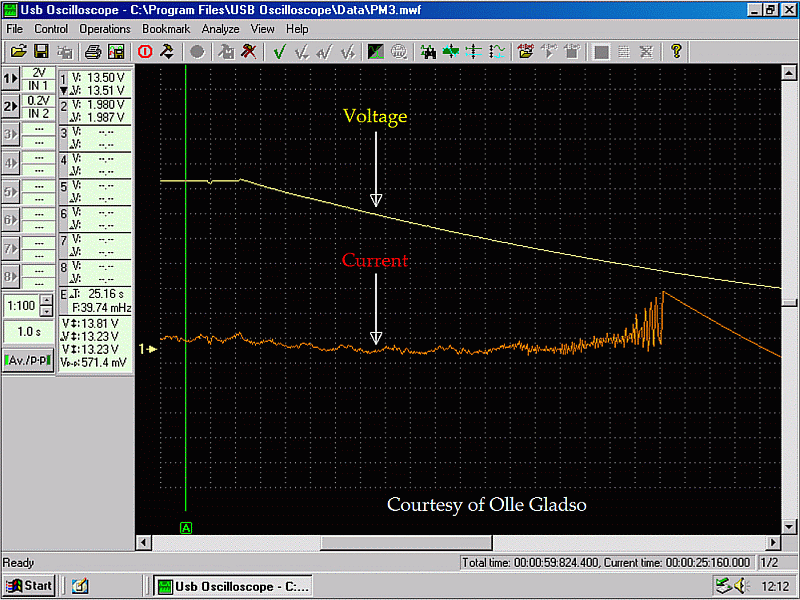Quote:| I am not an EE but have always known that V=IR is a non breakable law |
|
Sam, you are correct.
The better answer is that you have an active component involved and so the math becomes more complex. You don't throw the law out.
Any circuit with an active component can be broken down into its different stages and ohms law can be applied to figure out the various values.
CEMF is just another voltage potential in the circuit and the math is exactly the same. You just need to know the given CEMF for that given instant.
The specs needed for motors and such will be hard to come by though. I don't know what Tom covered, but there will be differences between permanent magnet motors and series wound motors (which are mostly a thing of the past in our biz).
A little experimentation and you can come up with some amperage curves. PM motors tend to want to run at a specific rpm range or not run at all.
I would recommend anyone involved with heavy scope useage to take at the minimum a semester class at their local JC. A class that is a "survey of electronics". I opted for a 32 unit program which I have never regretted. It's been a while, I forget things, but it just takes a peek at the old books to bring things back to remembrance.
The only down side is that most all of the classes are biased towards AC circuits. Motors especially. One of the very best I remember is a semester of passive circuit analysis. Simpler by far than that covering active circuits, but all active circuits can be broken down into passive circuits.
 motorvoltamps.gif (95 KB | )
motorvoltamps.gif (95 KB | ) motorvoltamps.gif (95 KB | )
motorvoltamps.gif (95 KB | )